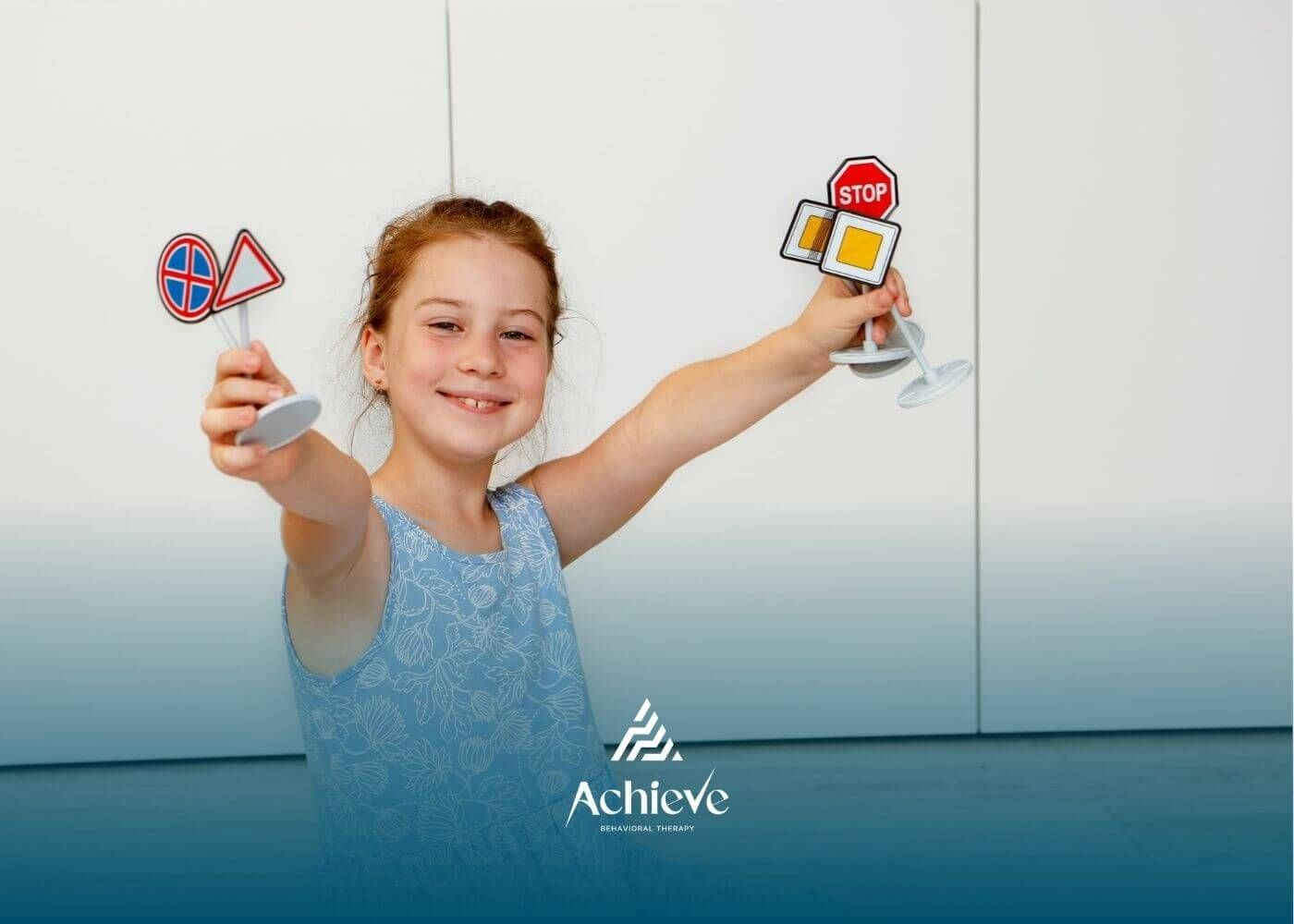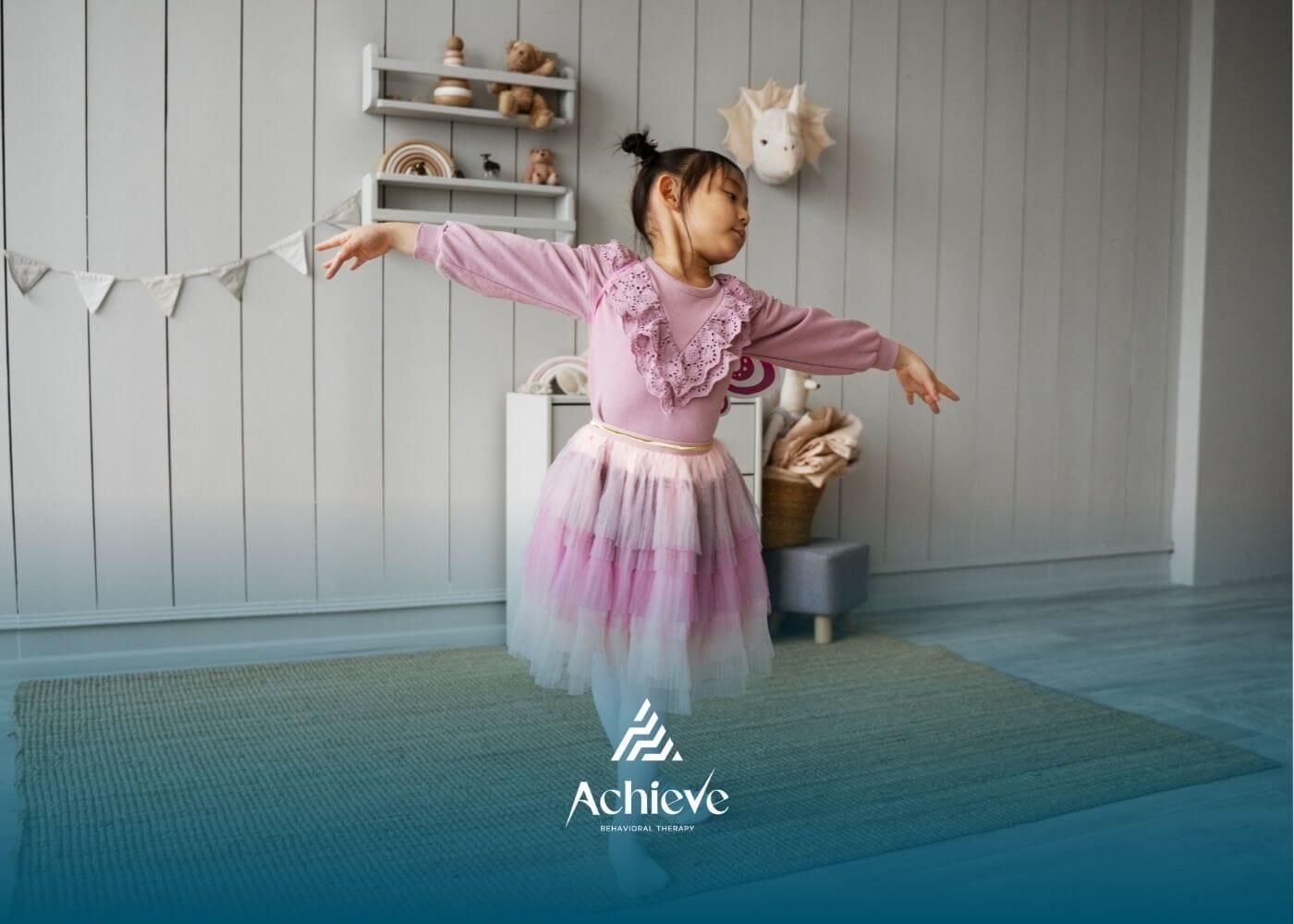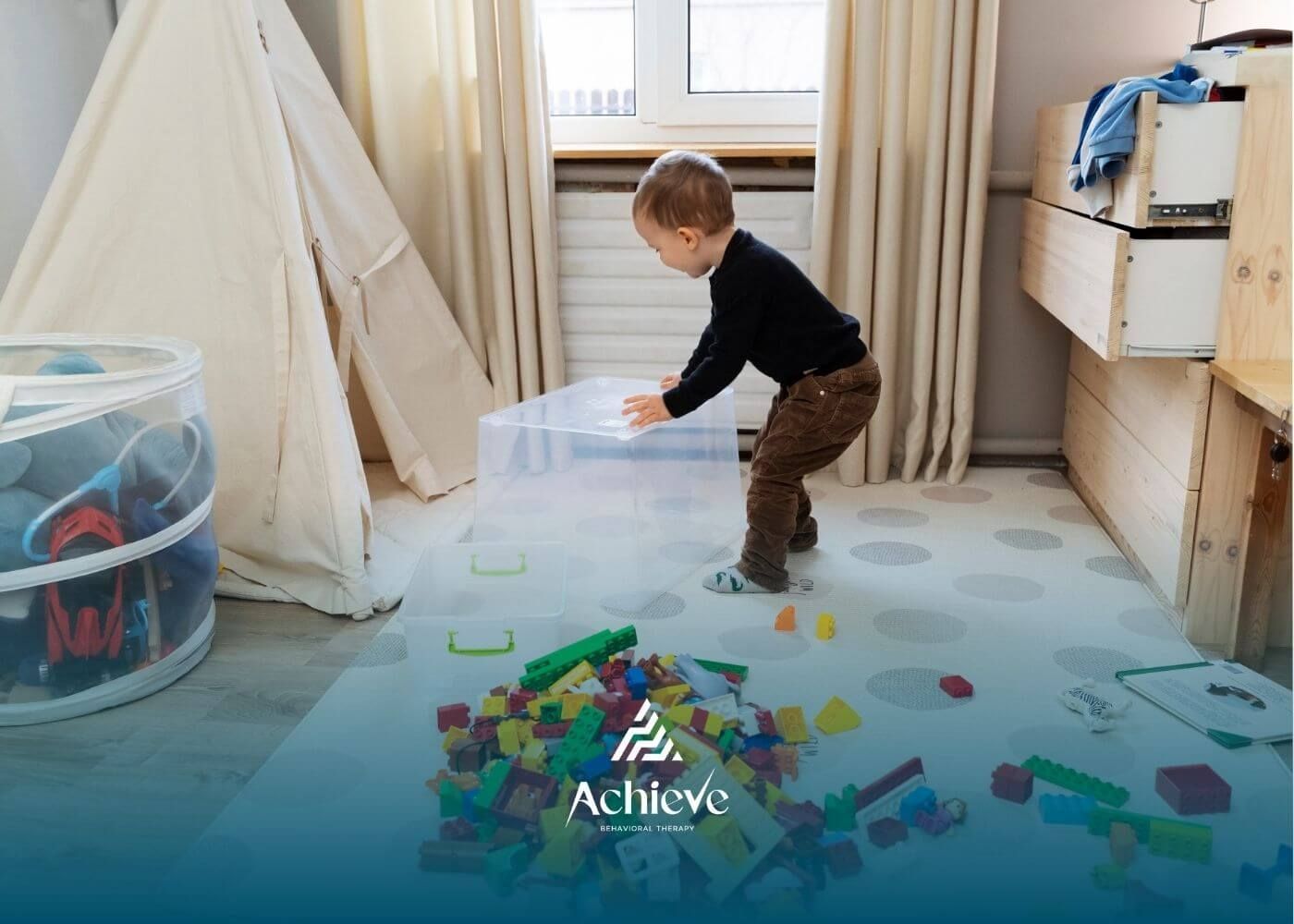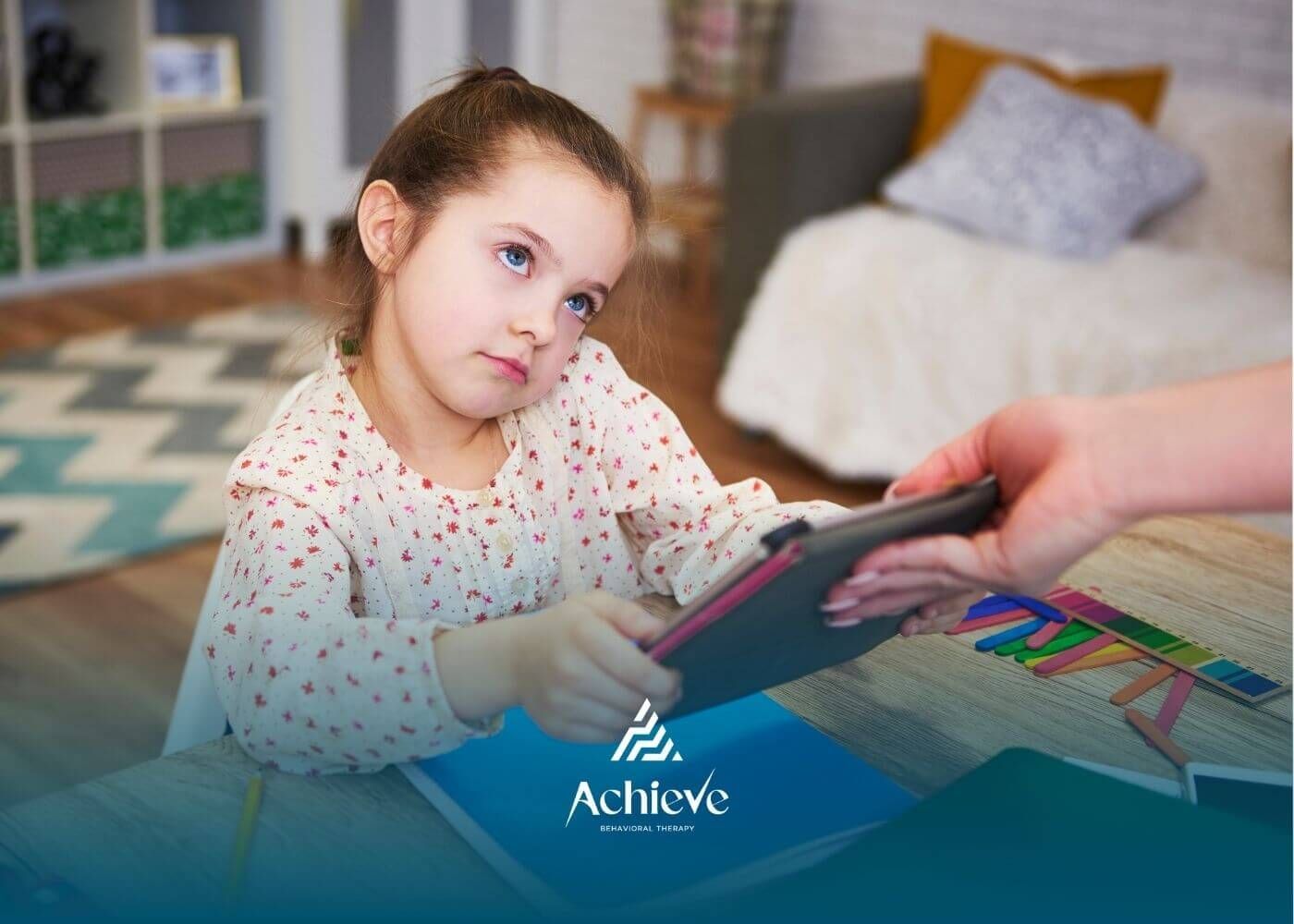Why Do Children with Autism Avoid Eye Contact?

One of the most commonly noticed traits in children with autism is avoiding eye contact. For many families, this behavior can raise questions and even concerns. The reality is that avoiding eye contact is not a sign of rudeness or disinterest—it’s often connected to how autistic children process sensory information.
Eye contact can feel overwhelming, distracting, or even stressful. For some children, maintaining eye contact may make it harder to focus on what is being said. Instead, they may look away as a way to listen and process more effectively. It’s important for parents and caregivers to understand that lack of eye contact does not mean a lack of connection, love, or attention.
With supportive strategies like Applied Behavior Analysis (ABA) therapy, children can gradually build comfort with social interactions. The goal is not to force eye contact, but to encourage natural and meaningful communication. This can include practicing turn-taking in conversations, using gestures, or building confidence in other ways of engaging socially.
At Achieve Behavioral Therapy, we help children with autism strengthen communication and social skills in a way that respects their comfort and individuality.
Frequently Asked Questions
Why do children with autism avoid eye contact?
Eye contact can feel overwhelming or uncomfortable for many autistic children due to sensory processing differences.
Does avoiding eye contact mean a child is not listening?
No. Many autistic children can pay attention and process information without making eye contact.
Can therapy help improve eye contact?
Yes. Gentle approaches like ABA therapy can encourage more comfortable ways of engaging socially, without forcing eye contact.
Need Support?
We're Here to Help!
Our experienced team is ready to assist you. Reach out today to discuss how we can support your child's development and well-being.
Get started with expert ABA therapy today.













